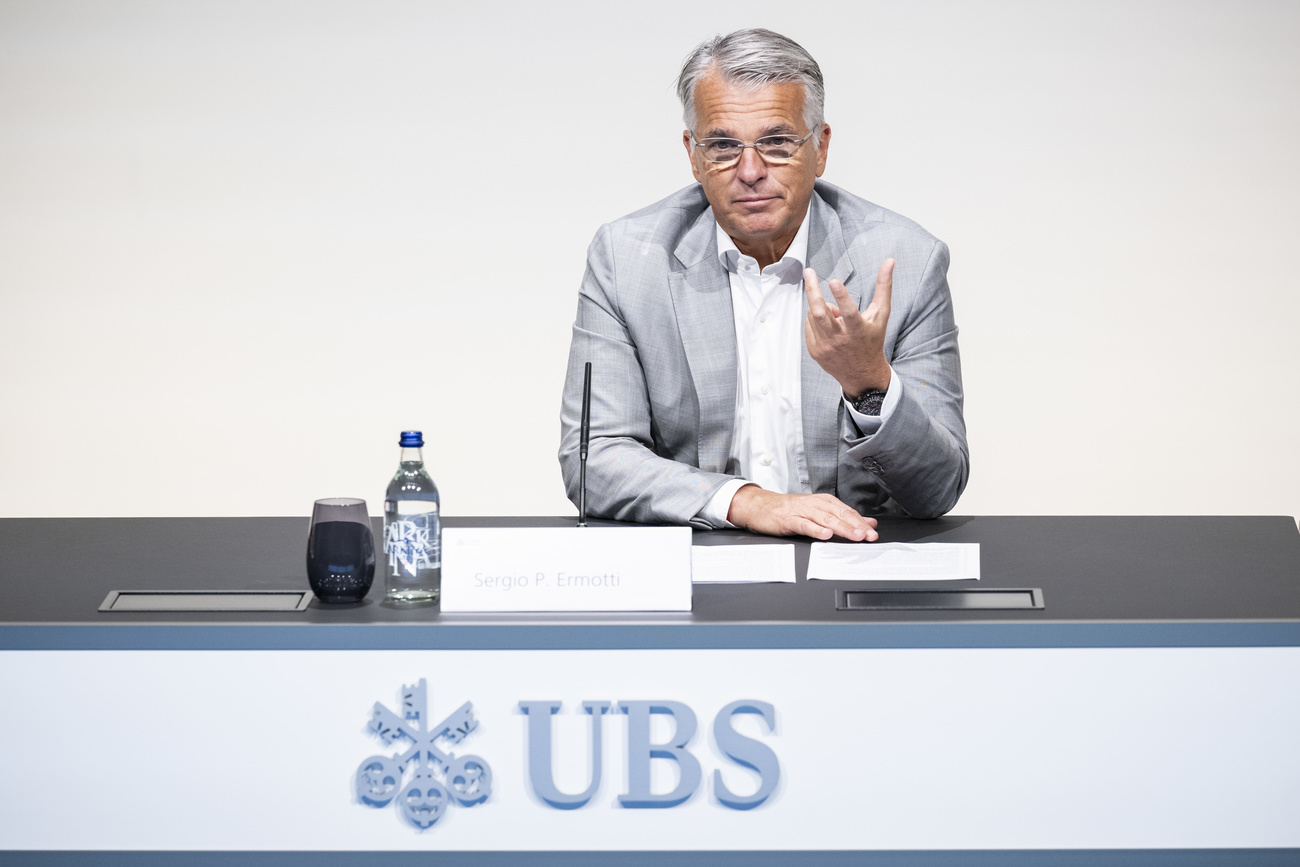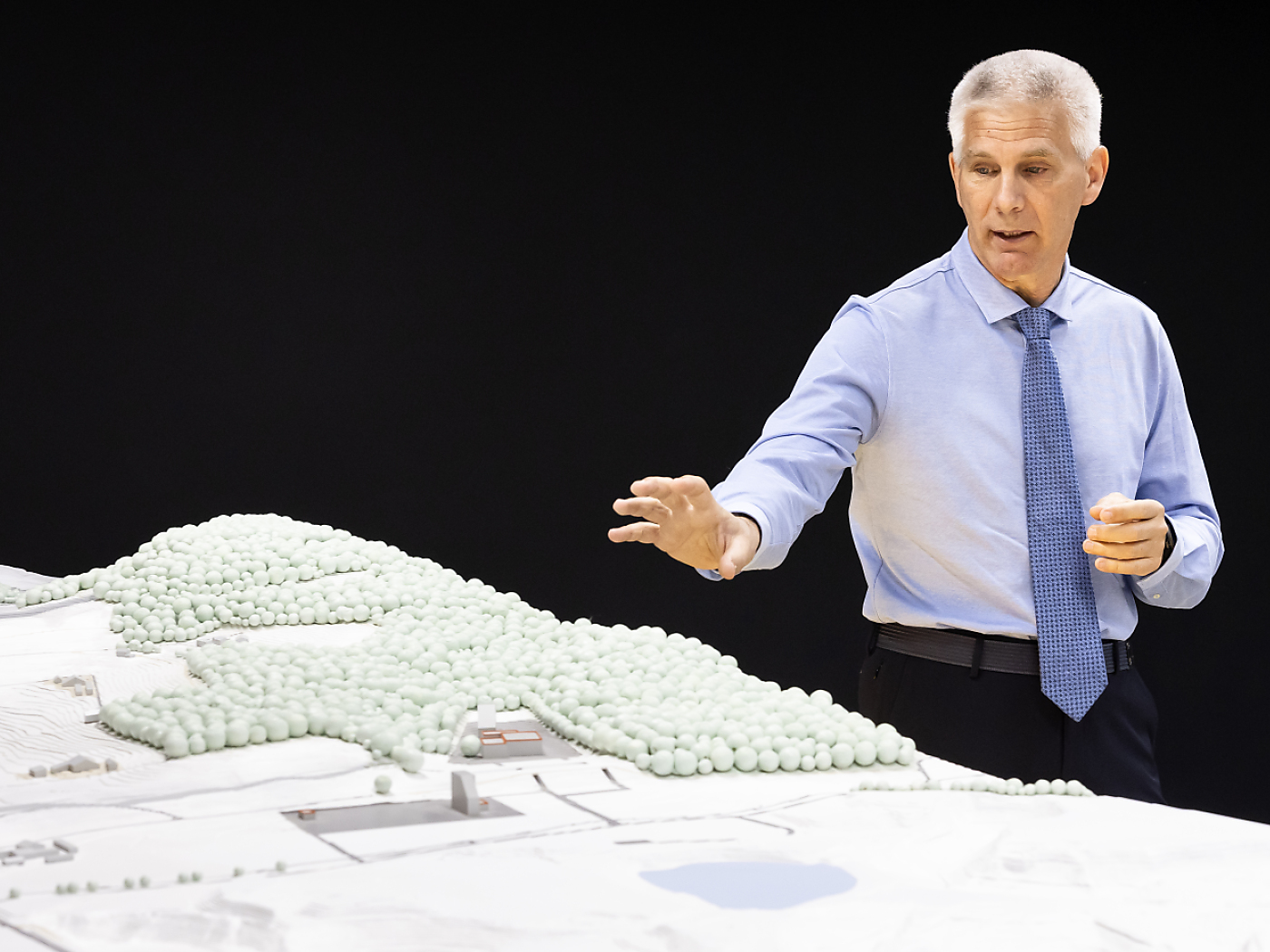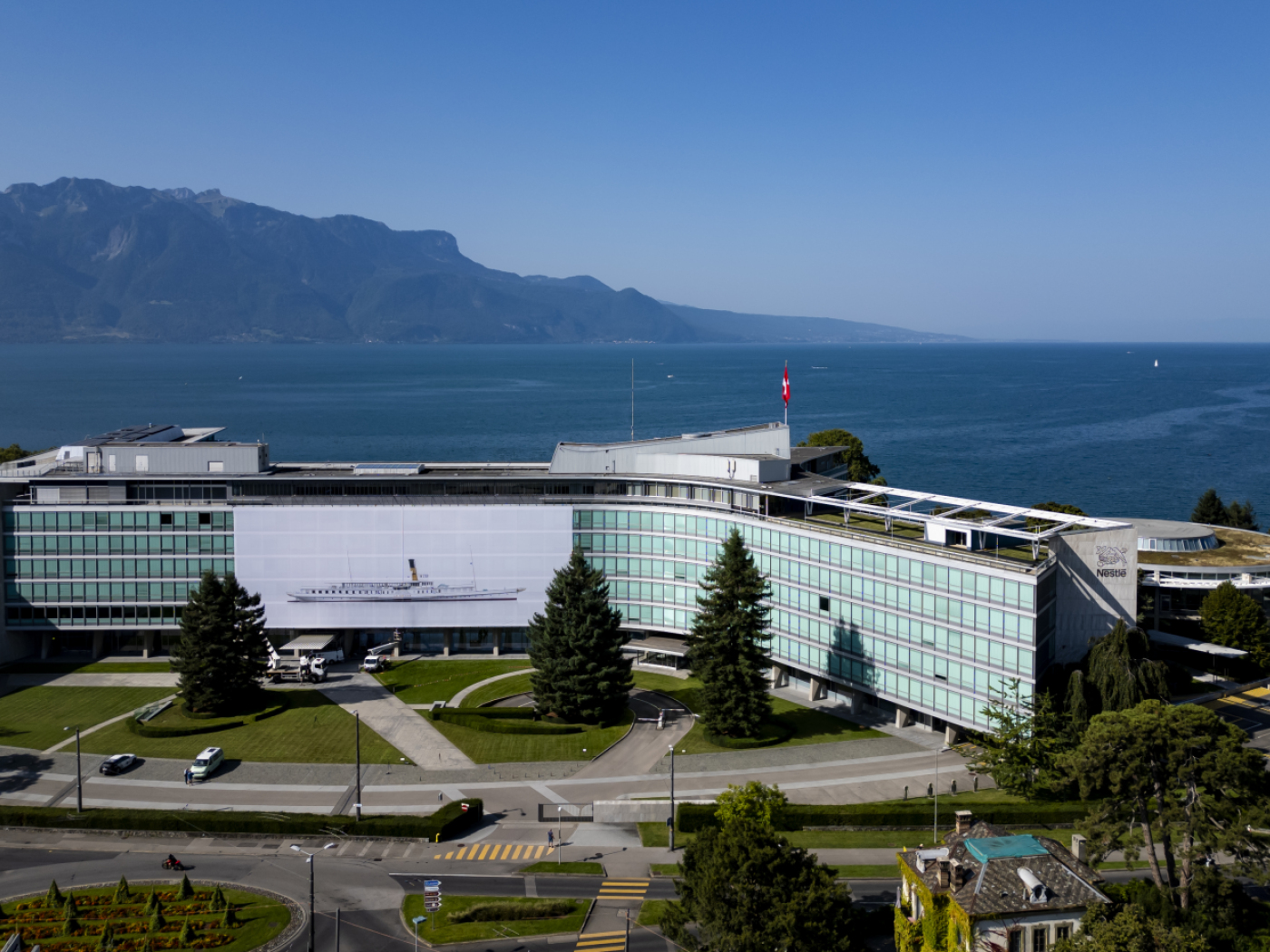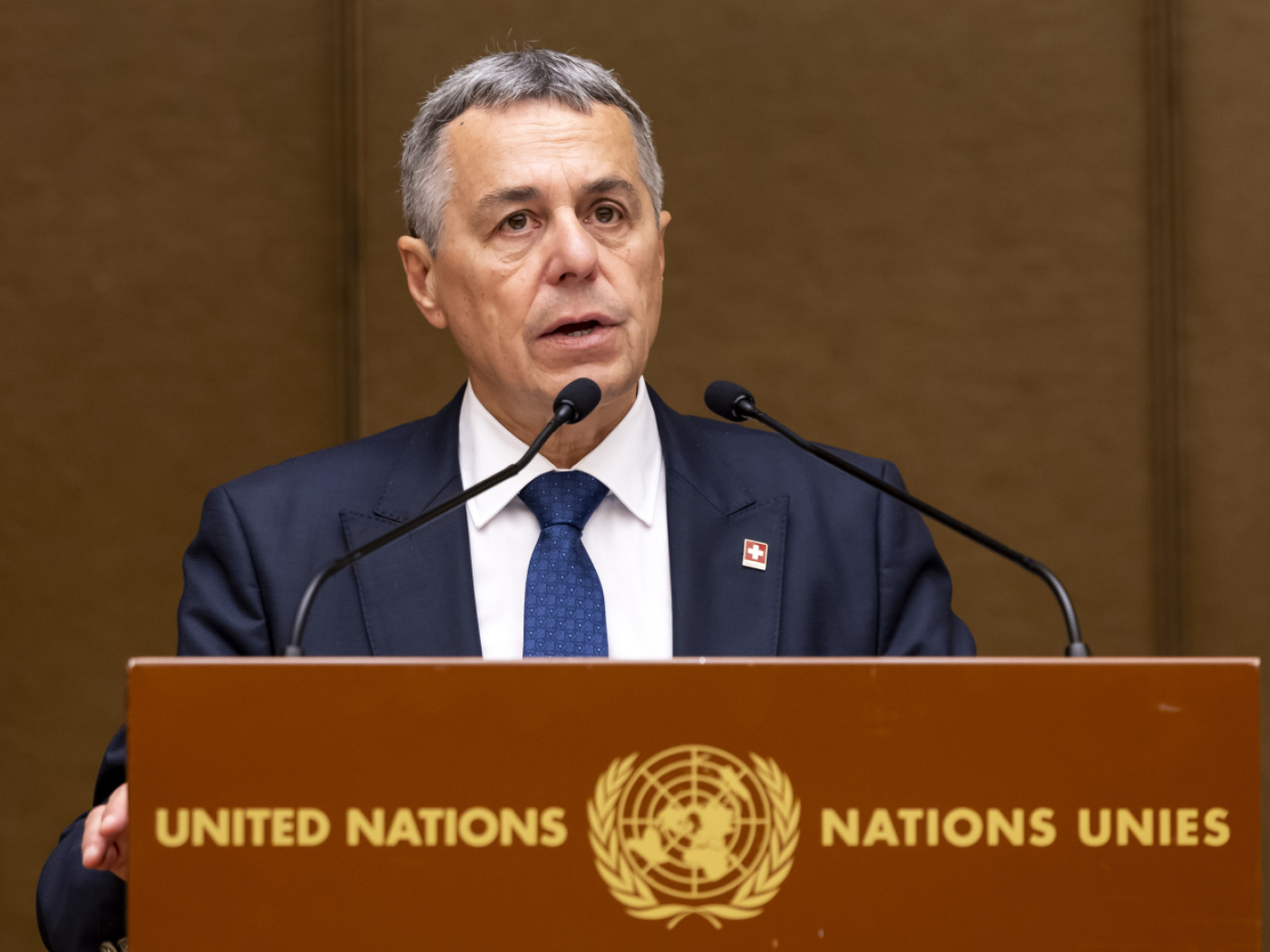Cost-slashing UBS to outline growth plan in February

UBS Group Chief Executive Officer Sergio Ermotti said the bank will give investors an outline of its growth strategy early next year and signalled the direction of plans to grow in the US, as the lender progresses with the integration of Credit Suisse.
The Swiss lender is currently working at “full speed” on the fusion of the two banks, including on implementing more than $10 billion in cost savings, Ermotti said at an event in London on Tuesday. UBS is “also preparing the three-year plan that we will announce in February,” he said.
The announcement of a strategic update is an early sign that UBS is beginning think beyond the task of integrating its former rival, rescued with government backing after it came close to collapse in March. While some of Credit Suisse’s businesses in Asia and Latin America give UBS an immediate boost in terms of scale, it’s less clear how the wealth-management giant will seek to grow in the world’s largest economy.
“In the US, I think it’s very important to look at the integration of the investment bank and how those capabilities will allow us to give our client advisers, financial advisers, in the US even more opportunities to help clients to monetise or go through an M&A transaction for their own businesses,” Ermotti said. “We now have finally critical mass in the US in terms of bankers and also we look at ways to diversify revenue streams in our wealth management business in the US.”
Half of the savings planned for the merger will come from winding down infrastructure and IT related to Credit Suisse’s loss-making investment bank and from the exit of legacy businesses that UBS doesn’t see as compatible with its strategy, Ermotti said.
“We put as a priority the non-core legacy cost-reduction and the rundown of the risk weighted assets,” Ermotti said. “The value creation from a shareholder point of view, it’s by the decommissioning of the IT and infrastructure that supports all those assets.”
UBS said last month that the so-called non-core unit consisted of about $55 billion of risk-weighted assets as of the end of June, including some $17 billion from Credit Suisse’s investment bank. The bank said then that it would shut about two-thirds of the investment bank, signaling that the business would be a focus of upcoming job cuts.
Ermotti said that the so-called non-core unit consists of predominantly “good” assets which need to be carefully disposed of.
“There is no toxic kind of profile around them,” Ermotti said. “So we need to really measure what is the best economic outcome for shareholders because if we go too fast, without being able to decommission, we may destroy value.”
©2023 Bloomberg L.P.
This news story has been written and carefully fact-checked by an external editorial team. At SWI swissinfo.ch we select the most relevant news for an international audience and use automatic translation tools such as DeepL to translate it into English. Providing you with automatically translated news gives us the time to write more in-depth articles. You can find them here.
If you want to know more about how we work, have a look here, and if you have feedback on this news story please write to english@swissinfo.ch.

In compliance with the JTI standards
More: SWI swissinfo.ch certified by the Journalism Trust Initiative


















You can find an overview of ongoing debates with our journalists here . Please join us!
If you want to start a conversation about a topic raised in this article or want to report factual errors, email us at english@swissinfo.ch.